Through the previous stage of the study, the “Global Heroes of the Planet” who had brainstormed learned that they could not rely on their own efforts alone to achieve SDGs, but need more collective efforts and cooperation. In the last class, the students formed groups to conduct a brainstorming session on their respective areas of interest. They wrote 30 action labels and categorized them into Time-consuming,” “Cost-incurring”, “Promotional and Educational”, and “Others”. The action categories are not completely independent, but rather interconnected, mutually influencing, and organically integrated. The implementation of these actions can synergistically promote consensus on sustainable development goals in the international community and the local region, thereby fostering their comprehensive achievement.
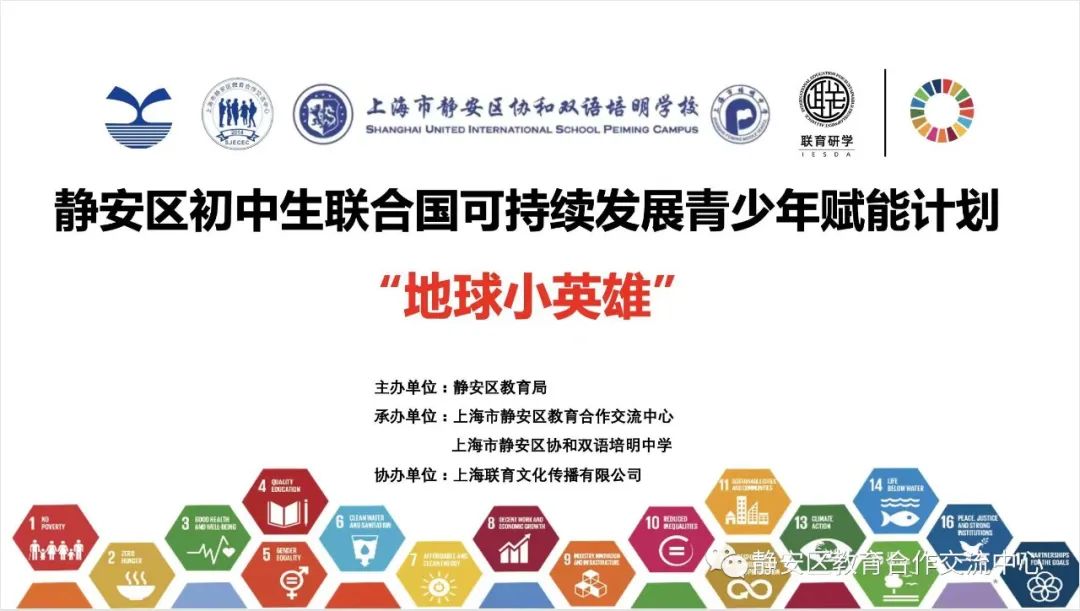
In last Friday’s class, Ms. Yueliang first showed a video about the “Zero Plastic Bag” action in Bali. In the video, two girls of the same age as the “earth heroes” shared their process of promoting and implementing the “Zero Plastic Bag” action in a TED Talk-style way of presentation.

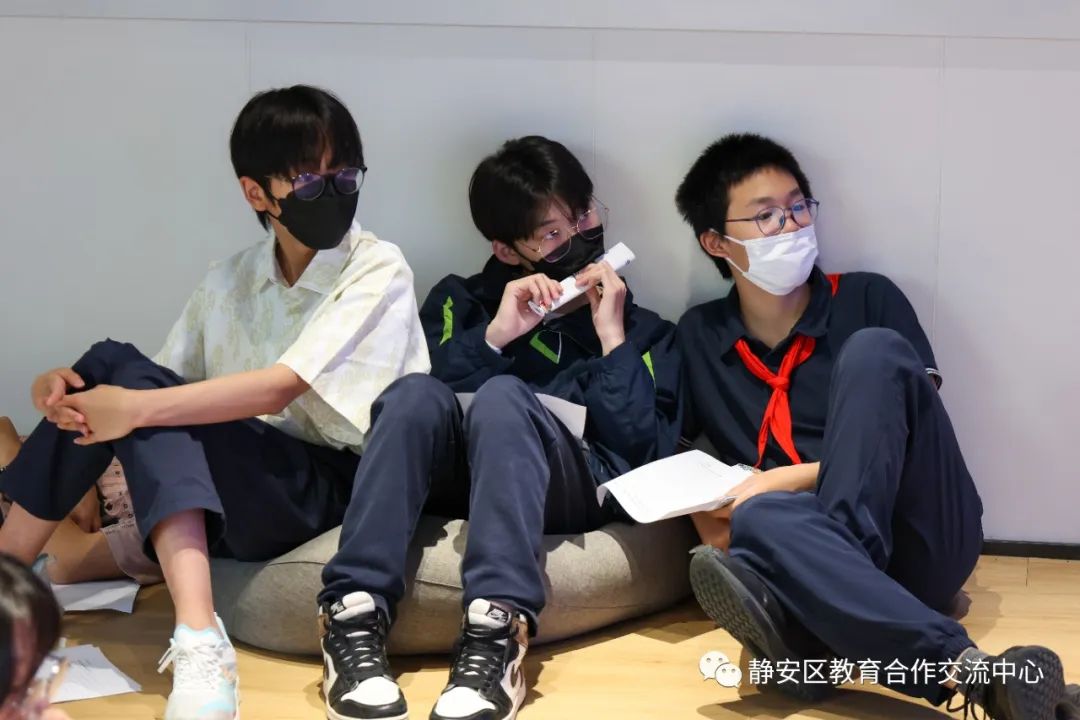
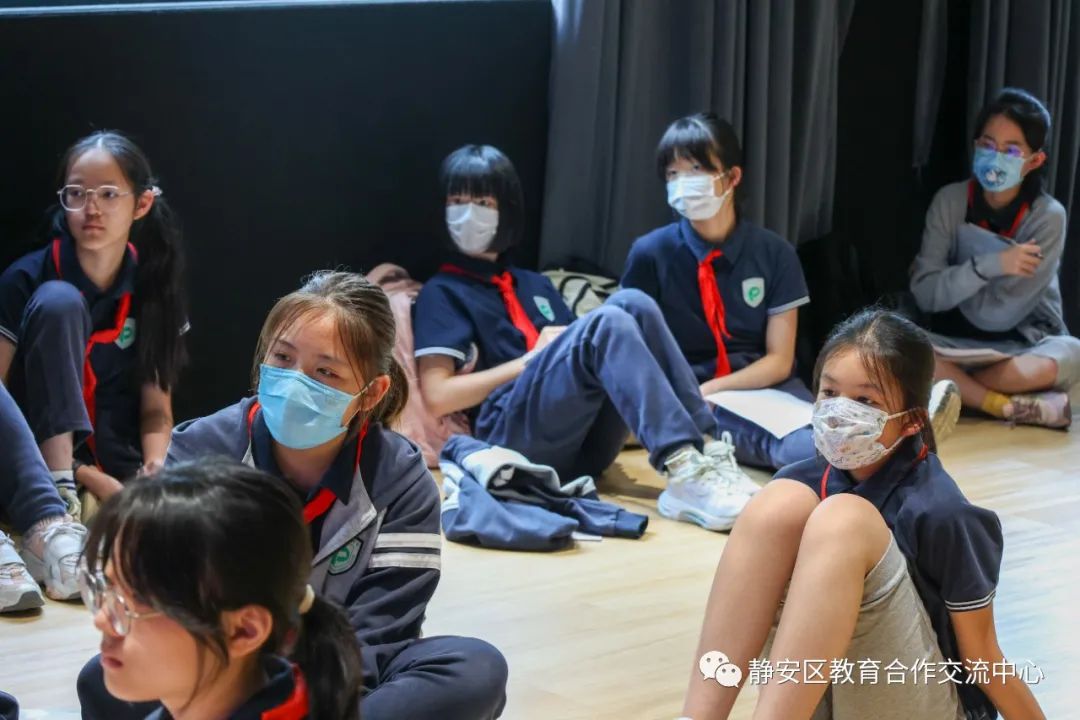
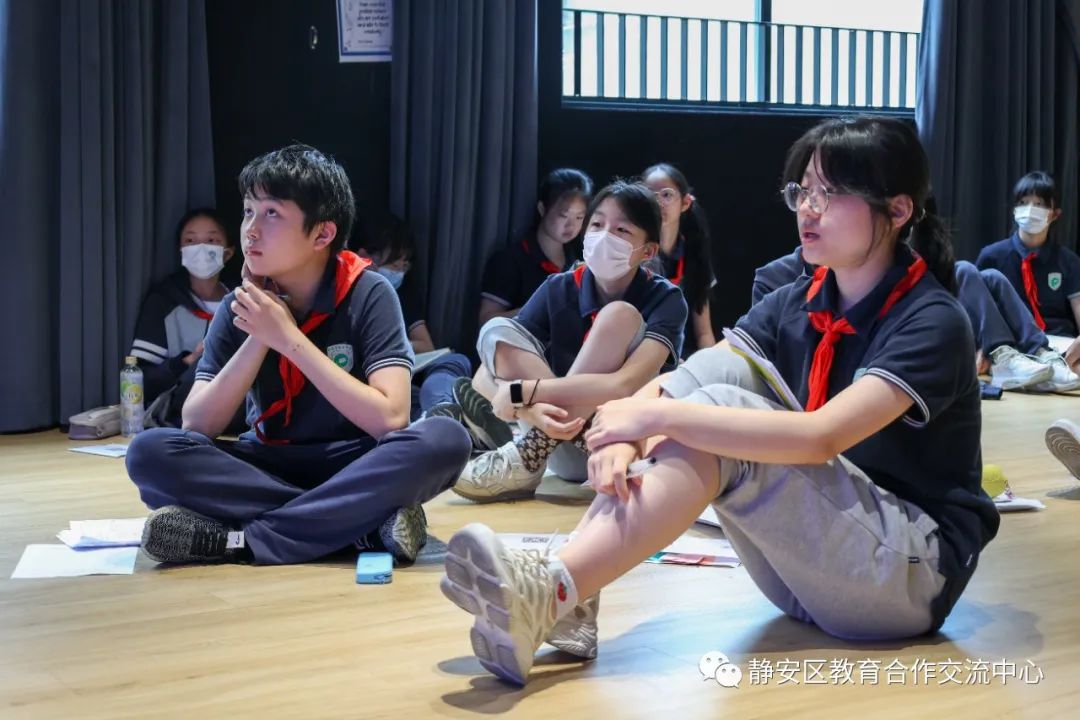
Through the video, the students learned that the most effective way to complete a project was teamwork, and how to promote collective action was also worth thinking about. In their respective group actions, the “earth heroes” should not act alone but instead take action together. So what are the ways to promote collective action?
1. Consensus: Encourage the enhancement of the awareness of SDGs in schools or communities and the building of consensus. Organize seminars, workshops, or events to raise awareness of sustainable development and help people understand that their actions can contribute to achieving the SDGs.
2. Partnership: Promote cooperation among different stakeholders. It involves the active participation of governments, enterprises, non-profit organizations, educational institutions, and communities to promote the implementation of SDGs through collaborative projects and shared resources.
3. Education and training: Provide education and training on sustainable development and SDGs to enhance people’s relevant knowledge and skills. Inspire more people to participate in sustainable development actions by cultivating leaders, innovators, and change-makers.
4. Policy support: Formulate policies and regulations conducive to the achievement of SDGs, and provide corresponding support and incentive measures. Governments can play an important role in providing policy guidance and resource support for the implementation of the SDGs.
5. Social responsibility: Encourage enterprises, organizations, and individuals to assume social responsibilities and integrate sustainable development into business operations. This includes promoting sustainable business models, reducing environmental impacts, and promoting social justice.

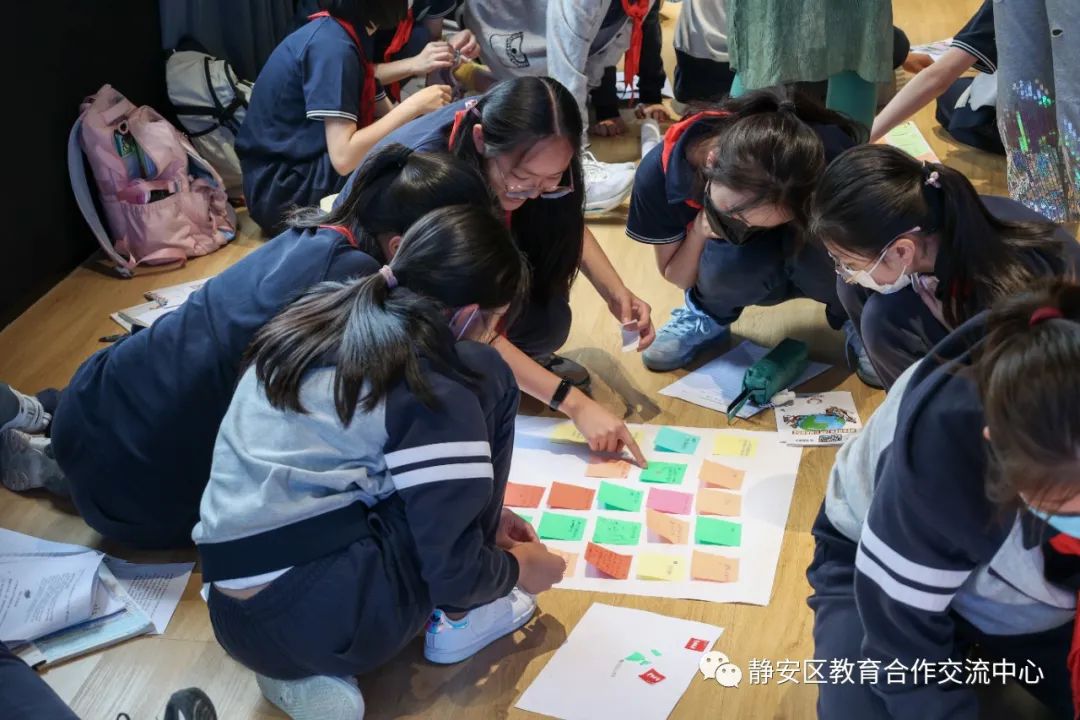
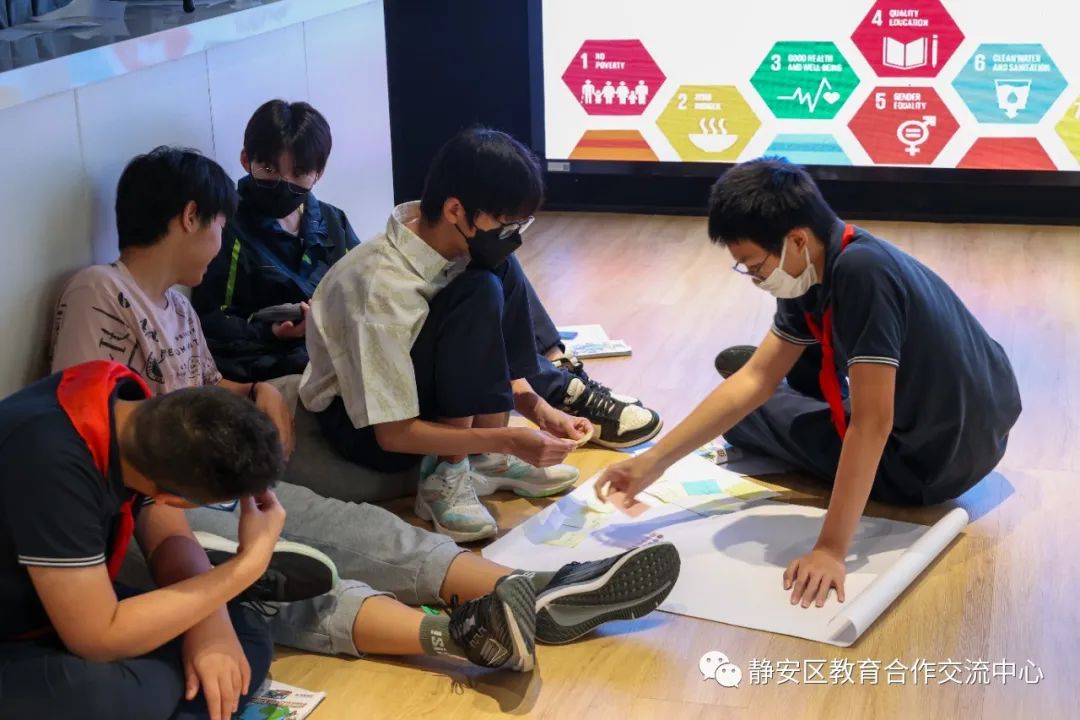
Under the guidance of the teacher, the students reviewed the tasks of “earth heroes”, voted for creative projects in groups, determined the project contents of each group, and shared their respective ideas. In the communication with students, the teacher told the students that creativity sometimes needed to break through traditional thinking and that some ideas might seem whimsical but were likely to stand out in a fiercely competitive market. In practice, whimsical ideas also require further evaluation and screening to determine their feasibility and practicality. It is important to make rational use of critical thinking and analytical skills in assessing their feasibility. At the same time, students need to share and discuss these ideas with others to obtain different views and feedback to further improve their own ideas.

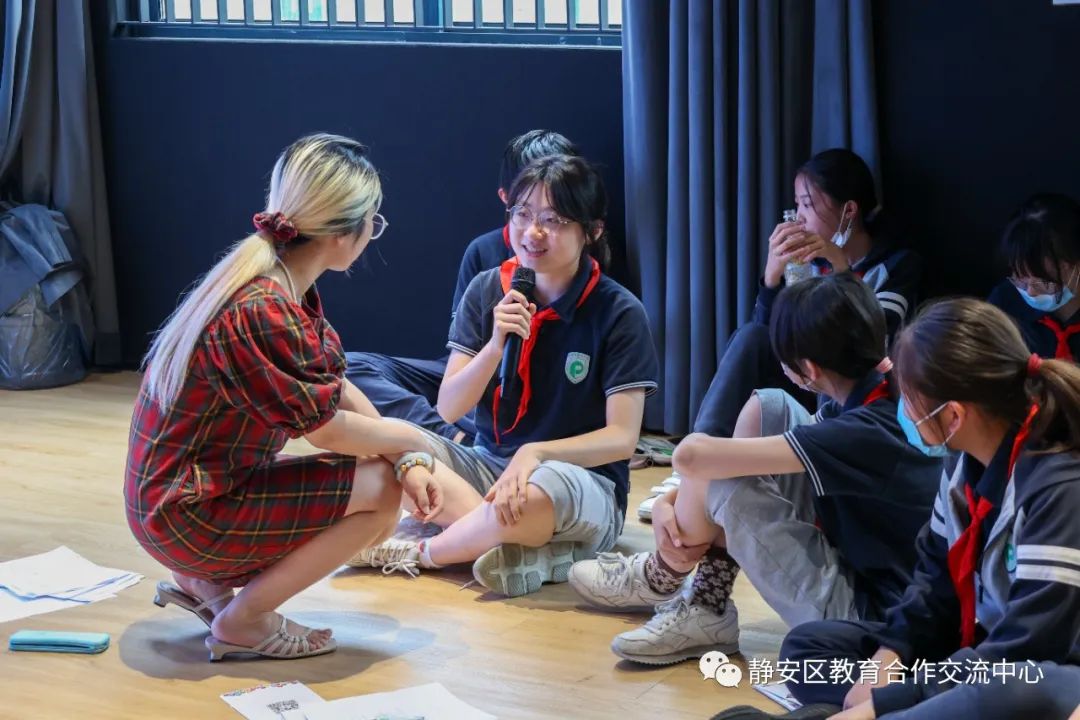

After the creative sharing, students shared their research projects in the form of posters. Students also learned that the presentation of creative posters is a way to attract attention, convey information, and express creativity. It can create compelling, dynamic, interesting, or amazing effects through visual elements such as visual impact, colors, and typesetting. We can follow principles such as contrast, repetition, alignment, and whitespace to enhance visual impact. Creative posters can also convey the core message in a concise and powerful way, using simple and clear texts and highlighting key messages in large fonts and striking typography.
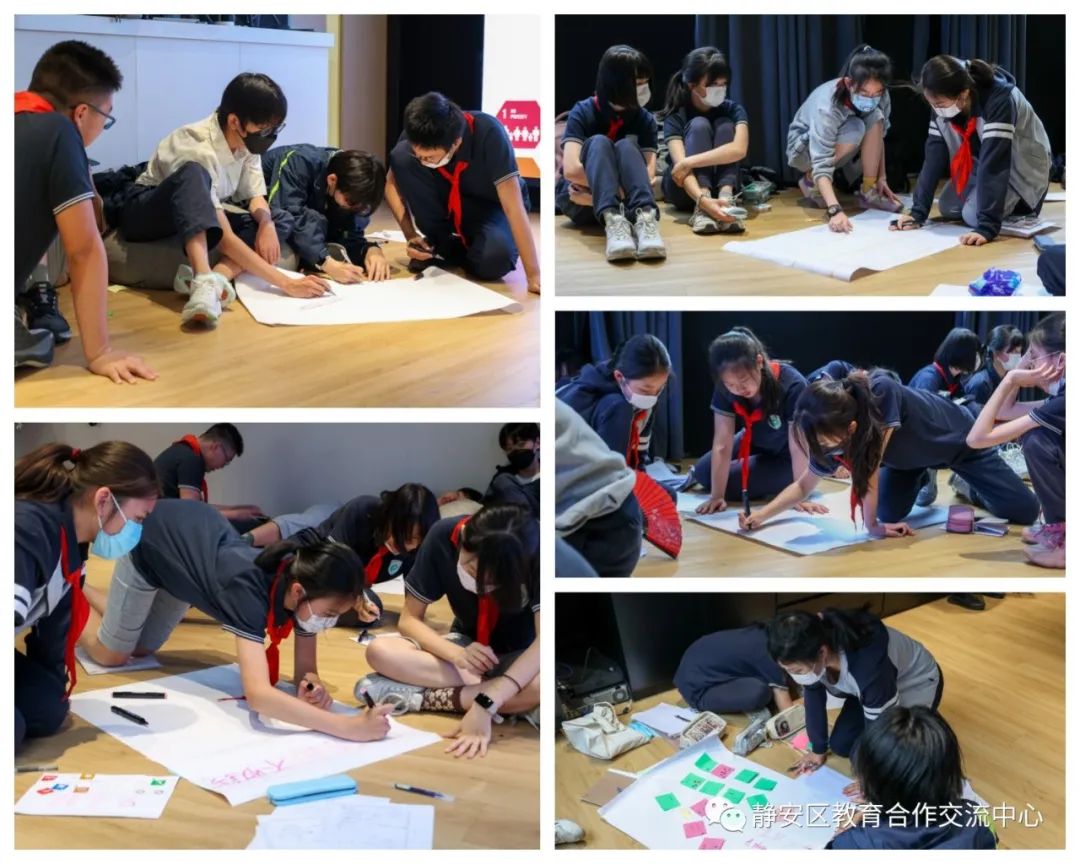
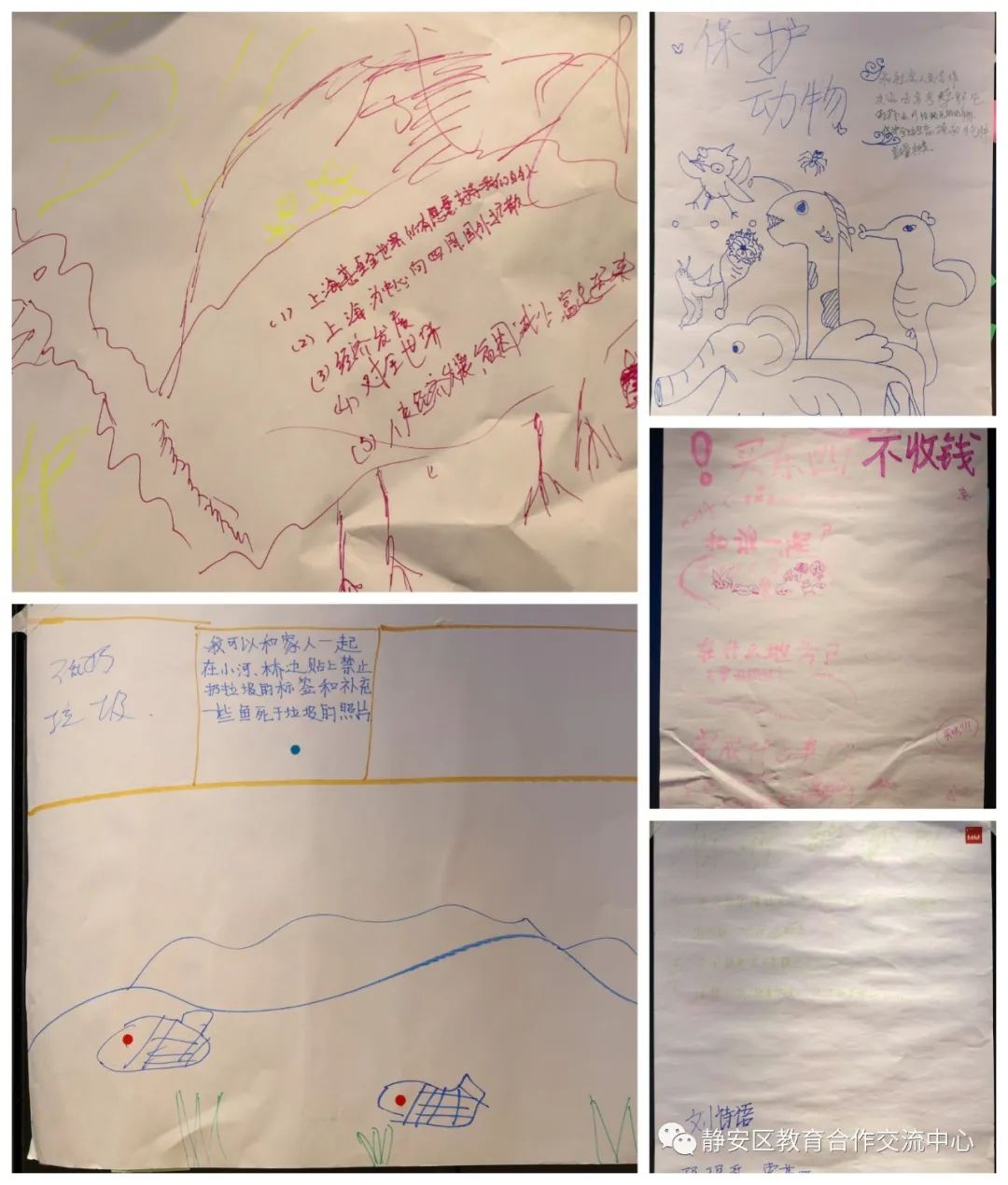
Group Poster
The “Global Heroes of the Planet” course has come to an end, and the results will soon be available. Let’s look forward to your final learning results!